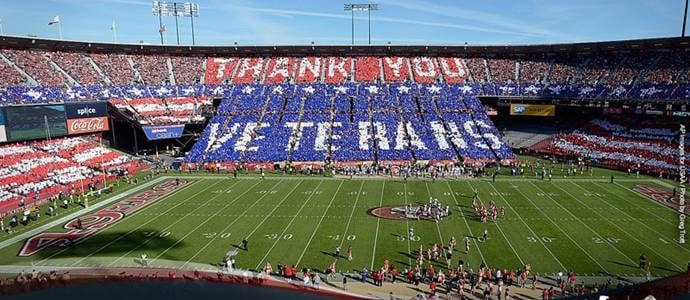by Laural Logan-Fain – April 2016
Defining Culture
Culture is defined as the customs, rituals, and values shared with the members of an organization. You can see it by watching the way people interact every day. Culture is ever evolving. Culture is not something you can necessarily control; but it is something about which you can be purposeful. Management guru Peter Drucker once said, “Company cultures are like country cultures. Never try to change one. Try, instead, to work with what you’ve got.” At Spurs Sports & Entertainment, we recognize that every employee plays a part in shaping our culture. Like any worthwhile venture, it takes consistent effort with all of us working together as a team to create a culture that is reflective of our values: Integrity, Caring, Success!
Climbing the Corporate Ladder
Biologist and educator Thomas Huxley noted, “The rung of a ladder was never meant to rest upon, but only to hold a man’s foot long enough to enable him to put the other somewhat higher.”
When we hire at Spurs Sports & Entertainment, we actively seek people who are not only highly proficient in their roles, but also fit with our culture and reflect our corporate values. Many of our staff have grown up in the organization, starting out as interns or assistants, but over time have grown to become our managers, directors, and vice presidents. This is great for stability, but as with any company, our staff (especially our ever-growing Millennial population) are eager to climb the proverbial corporate ladder. However, as a relatively small organization with many long-tenured members, the ladder may seem to some more like a step stool with only a few rungs.
Changing the Conversation
Author and motivational speaker Zig Ziglar once said, “Too many people spend more time planning how to get the job than on how to become productive and successful in that job.”
Like most organizations, we are mindful of increasing employee satisfaction and decreasing turnover rates. To accomplish this, we began to shift the conversation. Instead of focusing on promotion and ladder climbing, we emphasize continual personal growth and ongoing professional development. We implemented an Individual Development Plan (IDP) and began having career discovery (or as we lovingly call them “What do I want to be when I grow up?”) conversations with staff. As part of the IDP, staff also set short- and long-term goals and identify support they need to achieve their goals. The focus is on the whole person. We still talk about career paths and promotions, but the conversation has expanded to include “How can I grow personally? How can I develop professionally?”
Develop, Grow, Lead
As author and leadership guru John Maxwell states, “Success each day should be judged by the seeds sown, not the harvest reaped.”
In an effort to assist employee development we launched our corporate university, Spurs Sports & Entertainment University (SSEU). Our SSEU tagline reads: “Growing human capital is our number one priority.” Classes are offered during work hours, are hands-on, and cover a variety of topics. They are facilitated live by in-house experts to encourage the cultivation of ideas and relationships across departments. SSEU is supported at the highest level of the organization and every executive teaches a different course. Staff are invited to have breakfast with the president and discuss culture. They can learn about strategic planning, including the development of major vs. minor league sports, from an executive vice president.
We offer values based leadership courses that reinforce our corporate values and provide tools for staff to better handle conflict and work more effectively with one another. Our Leadership 101 series helps managers make the transition from being an individual contributor to an effective leader of people. Other course topics include game presentation, presentation skills, using data, creativity, writing skills, and much, much more. We also offer facilitated team building sessions for departments and cross-functional teams to help break down silos and build trust. Critical to having a successful culture is recognizing that employees are our greatest asset. Through SSEU, we continually invest in our human capital.
The Results
A year after launching the IDP and SSEU, our company culture survey reported increases in employee satisfaction. Employees identified that someone at work encourages their development (88%, up 15%); their manager takes time to talk with them about their professional goals (91%, up 10%); and they have a good understanding of their strengths and areas of improvement (82%, up 17%). Our culture continues to reflect our values of Integrity, Caring, Success, but it has evolved to include greater opportunities and support for staff to grow personally and develop professionally.









